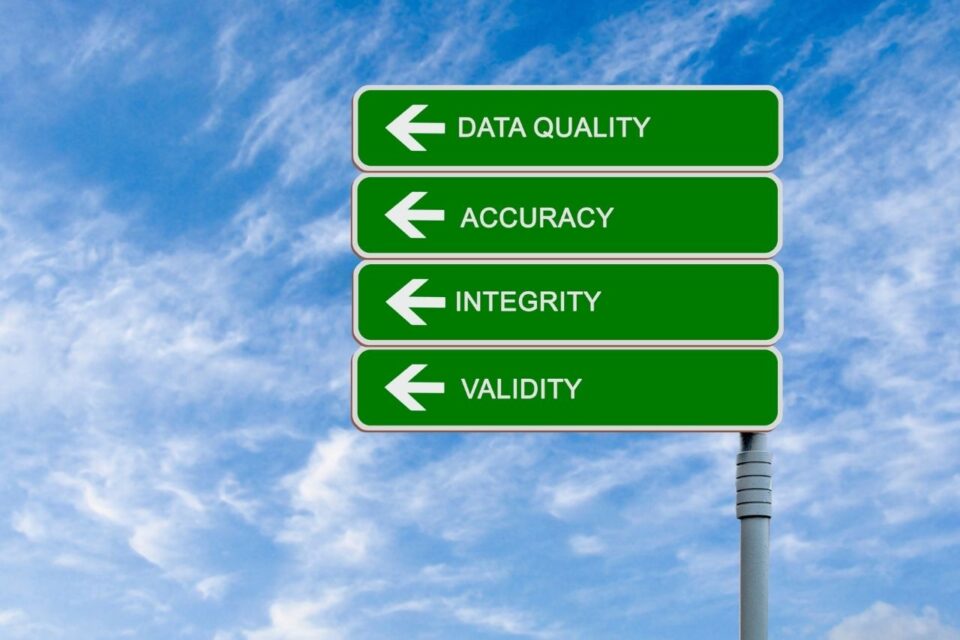
The Front – End Steps of Revenue Cycle Management
February 19, 2018
Eight Steps to improve RCM Efficiency
March 19, 2018Revenue Cycle Management is a process through which a patient’s healthcare lifecycle is taken care of by healthcare companies. The payments made by a patient on their healthcare, regardless of whether they are financed by the patient themselves or by their insurance company, need to be monitored so that the revenue generated by these payments can be managed efficiently.
For all medical facilities, clinical and economic issues have been made very easy to tackle with the help of Revenue Cycle Management. It is done by focusing on four of the most important sub-processes. First comes the idea of the technology that is to be implemented. Next comes the documentation. This is accompanied with the coding part. And the last one involves the billing and payment processes. Once healthcare agencies start focusing on these four steps, they will automatically find themselves working more efficiently.
If a healthcare agency is able to carry out these four processes, they will be able to become more compliant. They will also be able to provide flawless services to their patients. Needless to say, their revenue will also be better managed. This will result in a higher level of profit for the agency as a business.
Lack of technology normally tends to mean that the entire management process takes a lot of time and effort than it would had the proper technology been used or implemented. Also, there may be errors in the system. These errors might go undetected until after it is too late.
One of the biggest concerns of healthcare agencies is compliance. One major error that most healthcare facilities face is the one related to coding. This is a major concern since it makes compliance impossible to achieve. Errors in coding may lead to critical errors in diagnosis. While non-compliance may be impossible to remove entirely, it is possible to reduce it to a great extent using RCM. Eliminating errors in coding will automatically increase compliance as well as increase the accuracy of the documentation.
Similarly, other medical processes such as assigning doctors to patients, scheduling appointments and follow-ups, and storing and processing a patient’s medical records can also be managed better with RCM.
RCM also takes care of billing and payment collection. However, the documentation and payment will still need to be carefully entered into an automated system. Therefore, the human labor factor will still play an important role in Revenue Cycle Management.
When a healthcare agency focuses on RCM religiously, it bears more fruitful results from its employees’ efforts. There is a marked increase in the efficiency of the agency as a whole.
On top of that, its compliance issues are also resolved and it is able to greatly improve its quality of service. This leads to increased customer loyalty and trust since they are able to form a stronger bond with their doctor. This will help the healthcare provider retain its current patients and also attract new ones. Hence, it boosts the agency’s growth as a business as well.





